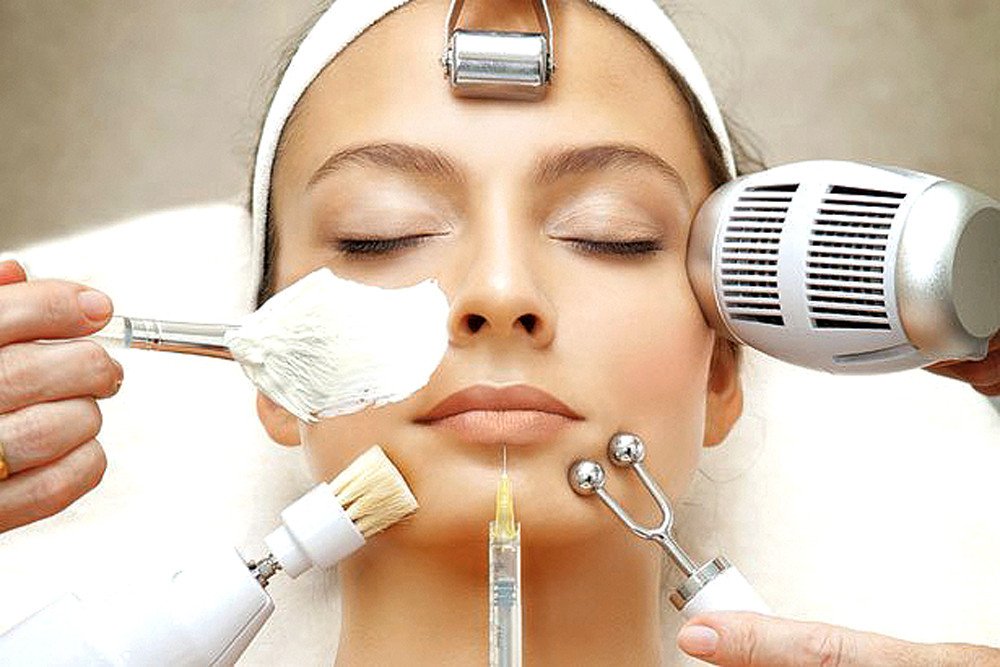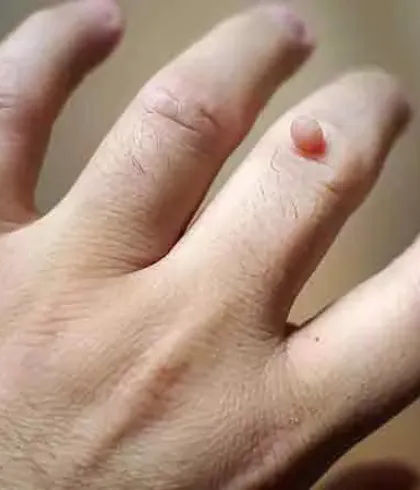
Vitiligo Treatments
Vitiligo is a common skin condition around us. In this condition, the skin loses its natural colour or pigmentation. Due to this, the skin appears to be lighter in colour and in some cases, it also turns white. The areas of skin that lose their pigmentation are known as macules if their width is less than 1 centimetre. If the width is more than 1 centimetre, they are called patches. If the vitiligo occurs on an area of skin that has hair, it may turn your hair silver or white.
Vitiligo occurs when our immune system destroys melanocytes from our body. Melanocytes are cells in our skin that are responsible for producing melanin. This chemical gives colour and pigmentation to our skin.
The effect of vitiligo is seen in all genders of all ages. However, it is mostly visible in people who have dark skin tones. Vitiligo can develop in our body at any age, however, patches and macules become more prominent before the age of 30.
People who have the given below autoimmune diseases are at a higher risk of developing vitiligo.
- Anaemia
- Diabetes (Type 1)
- Psoriasis.
- Rheumatoid arthritis
- Lupus
- Thyroid disease
- Addison’s disease
Vitiligo starts with the appearance of small whitish patches or macules that can spread more on the skin. It usually starts spreading from the forearms, hands, face, and feet. However, it can start developing on any body part like mucous membranes, inner ears, eyes, rectal areas, etc.
In some cases, larger patches remain the same over many years. However, the smaller macules keep on shifting and changing from time to time as some areas of the skin keep on losing or regaining their pigmentation.
The amount of skin affected by vitiligo varies from person to person. Some people can experience a widespread loss of pigmentation from the skin, while some people can experience small areas of depigmentation.
Given below are some common types of vitiligo that a person can suffer from:
- Generalised: this form of vitiligo is one of the most common types of vitiligo. In this case, macules appear in various body parts.
- Segmental: This form of vitiligo affects only a specific part or side of the body such as your face or hands.
- Mucosal: As the name suggests, this type of vitiligo affects the mucous membranes inside the genital or mouth.
- Focal: It is an uncommon form of vitiligo. In this type of vitiligo, macules appear in a small area of the body and it doesn't spread within a span of one or two years.
- Trichome: This type of vitiligo causes a bullseye with a colourless or whitish centre, followed by an area of less pigmentation, followed by an area of natural skin colour.
- Universal: This is also an uncommon type of vitiligo. It causes our skin to lose more than 80% of its pigmentation.
Vitiligo symptoms can appear on any part of your body. The most common body parts where vitiligo symptoms have been seen are:
- Face.
- Mucous membranes (inside the mouth, lips, and nose).
- Feet.
- Arms.
- Genitals (penis).
- Hands.
Given below are some common signs and symptoms of vitiligo:
- Small patches on skin or mucous membranes that have lost their pigmentation. These patches are lighter in colour or whitish as compared to the natural skin colour.
- Small patches of hair on the body that are silver, greyish, or white. These symptoms only affect a small area of the body and are not harmful.
- In some cases, people may also experience itchiness on the skin before the depigmentation starts.
Lack of pigmentation in the skin (melanin) is the main cause of vitiligo. The reason behind this depigmentation is still unknown. According to some research, vitiligo can be caused due to the following reasons:
- Autoimmune conditions: In this condition our immune system mistakes healthy cells of the body for foreign cells like viruses or bacteria that may cause harm to the body. This makes the body produce antibodies and destroy the healthy cells i.e. melanocytes in the body.
- Genetic changes: A genetic mutation or change in the DNA of the body can affect the functioning of melanocytes. There are around 30 genes that can increase the chances of developing vitiligo.
- Stress: An increase in daily stress can cause a change in the production of pigment by melanocytes. It is advised to reduce stress, especially after an injury so that there is no hindrance in the pigment production by melanocytes.
- Environmental factors: External factors like UV radiation and other types of chemical exposure to the skin can also change the functioning of melanocytes
You should contact your healthcare provider in the given below situations:
- Your skin is constantly losing pigmentation or its natural colour.
- Depigmentation of the skin is spreading to a large part of your body rapidly.
- The changes happening to your skin are affecting your mental health and emotional well-being.
- What is the type of vitiligo you are suffering from?
- When will my skin get its natural pigmentation back?
- How can you protect yourself from the sun's rays?
- What are some treatment options that would suit your skin?
- Will vitiligo be inherited by my future children?
As already discussed above, there can be many causes of vitiligo. As of today, there is no proper way to prevent it. However, the risk of vitiligo can be reduced by following these steps:
- Make sure to practise safe sun exposure habits.
- Make sure to take care of your skin by using a good moisturiser at frequent intervals.
- Avoiding unnecessary stress or injuries to your body.
Proper Vitiligo Treatments in Sirsa, Haryana and Management of any previous autoimmune conditions.
Vitiligo is basically a cosmetic condition.Some of the complications that can be caused by vitiligo are:
- Sensitive skin: The area that lacks pigmentation also lacks melanocytes. This area of skin can become more sensitive to the sunlight and can cause burning sensation instead of tanning.
- Eye problems: people who suffer from vitiligo sometimes also suffer from retina abnormalities. However , it doesn't affect vision.
- Autoimmune conditions: People who suffer from vitiligo are more prone to get autoimmune diseases that affect their immune system functioning. Common autoimmune conditions include diabetes. hypothyroidism, and anaemia.
- Emotional challenges: people with vitiligo also go through embarrassment because of the appearance of the skin. They also isolate themselves and avoid social gatherings. You should talk to a mental health expert during your Vitiligo Treatments in Sirsa, Haryana and overcome this situation.
Book your appointment today and get the best Vitiligo Treatments in Sirsa, Haryana.
Book Your Free Consultation Now
Other Treatment
-
Tinea Treatment
Tinea is a contagious fungal skin infection. The most commonly affected areas include the feet, groin, scalp and beneath the breasts
-
Skin Tag Removal
Skin tags are common, acquired benign skin-colored growths that resemble a small, soft balloon suspended on a slender stalk
-
Wart Removal
Warts are small growths on the skin that normally don’t cause pain. Some warts itch and may hurt, especially if they’re on your feet
Gallery









